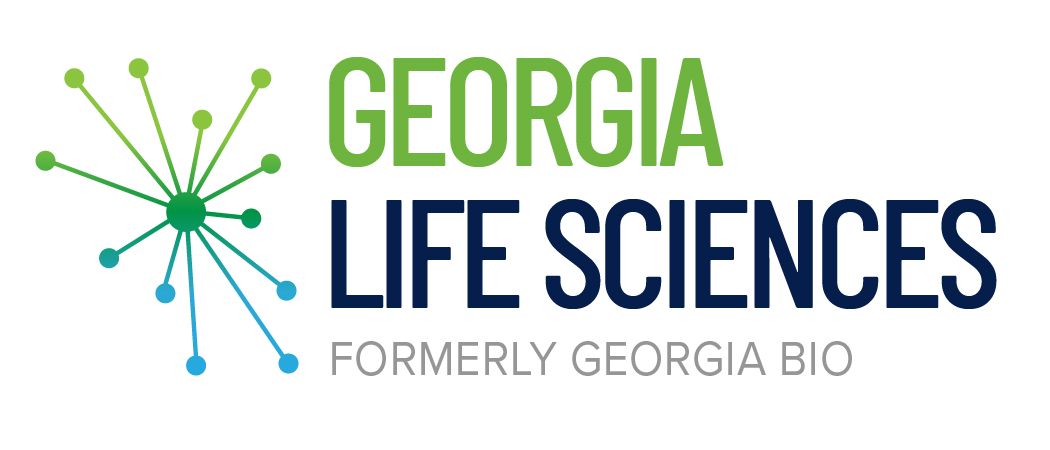Congress Is Best Hope for Breakthrough Medtech Medicare Coverage
By: Scott Whitaker, AdvaMed
After a long delay, a final Medicare policy provides quicker coverage for certain breakthrough medical technologies. While a step in the right direction, the new policy isn’t enough. The best hope for delivering breakthrough medtech to 65 million Medicare beneficiaries is congressional action this fall.
Groundbreaking medical discoveries come online all the time but it can take years for Medicare to make these innovations available to its patients. FDA’s “breakthrough” program allows manufacturers to work with the FDA to expedite the review and approval of certain medical devices that provide for more effective treatment or diagnosis of life-threatening or irreversibly debilitating diseases or conditions.
Innovative technologies can better diagnose Alzheimer’s disease or treat certain cancers in a less invasive way, all of them deemed safe and effective by FDA’s rigorous standards.
However, Medicare coverage of these innovations is often too slow or non-existent. The Centers for Medicare & Medicaid Services’ (CMS) Transitional Coverage for Emerging Technologies (TCET) pathway is a partial solution that comes after a long wait.
TCET is a step toward a stronger, more robust policy, but it doesn’t go far enough to help the Medicare beneficiaries depending on breakthrough diagnostics and treatments to alleviate their suffering.
The limited number of devices CMS can handle – only five or fewer per year – demonstrates clearly to Congress the need for greater resources at CMS.
And the exclusion of diagnostics is disappointing, particularly considering the potential for a breakthrough diagnostic technology to save not only lives but costs to the health care system overall through earlier detection. Many patient and provider groups disagree with CMS’ narrow approach.
However, hope isn’t lost. While CMS was finishing its limited proposal, Congress advanced legislation that could be more comprehensive in meeting patients’ needs. The House Ways and Committee passed H.R. 1691, the Ensuring Patient Access to Critical Breakthrough Products Act of 2023, in June. The bipartisan measure would allow the designated medical devices to be covered over a four-year transitional period. As amended and passed, the bill also excludes diagnostics, though the committee clarified the intent to cover diagnostics. The Energy and Commerce Health Subcommittee passed H.R. 1691 as well.
Congress has limited legislative days this fall in a busy election year. Passing bipartisan legislation to solve a longstanding challenge and give new medical options to older Americans and their doctors would be a welcome use of the congressional agenda.
In addition to serving patients with new, existing medtech, passage would encourage medtech innovation.
Medtech companies invest millions of dollars in research and development to create transformative technologies. The majority of these innovators are small companies with only a few products in their portfolio. The looming uncertainty of CMS coverage stifles innovation and poses significant concerns for these companies’ long-term viability.
Bigger medtech companies fare no better in getting their groundbreaking medical innovations to Medicare beneficiaries.
Edwards Lifesciences’ tricuspid heart valve replacement system, an FDA-designated breakthrough device, received FDA approval February 1, 2024. Although many patients suffering the debilitating effects of tricuspid valve disease have no other options for treatment, existing Medicare rules delay coverage that may provide quick, equitable access to this procedure for the estimated 1.5 million U.S. patients suffering with tricuspid regurgitation.
Studies show that, on average, patients wait over 5.5 years after FDA approval for valuable therapies to receive coverage. Without swift access to FDA-approved devices and tests, the health of millions of patients, especially those with limited resources, hangs in the balance.
And it's not just about ensuring immediate access; it's also about promoting health equity among older Americans, many of whom rely solely on Medicare for health care coverage. Many breakthrough devices address conditions largely experienced by underserved, underrepresented, and vulnerable patient groups, helping alleviate and address health inequities. By ensuring access to FDA-approved breakthrough devices, better coverage would remove some of the biggest barriers preventing seniors, especially from underserved communities, from accessing treatments.
The United States is the global leader in medtech, continuously pioneering cutting-edge technologies and enhancing patient outcomes. If we want to remain a powerhouse of innovation that does right by patients, we must fix this bureaucratic process and implement a predictable funding pathway. With the CMS policy thinner than it could be, the best chance for getting the job done is Congress this fall. Any must-pass end-of-year legislative wrap-up should include the breakthrough medtech coverage bill.
Scott Whitaker is president and CEO of AdvaMed, the Medtech association, the largest trade association representing medical technology companies worldwide.
------------------------------
Source: AdvaMed & https://www.realclearhealth.com/blog/2024/10/22/congress_is_best_hope_for_breakthrough_medtech_medicare_coverage_1066886.html





